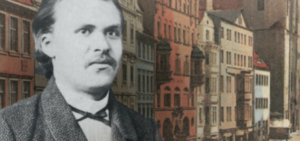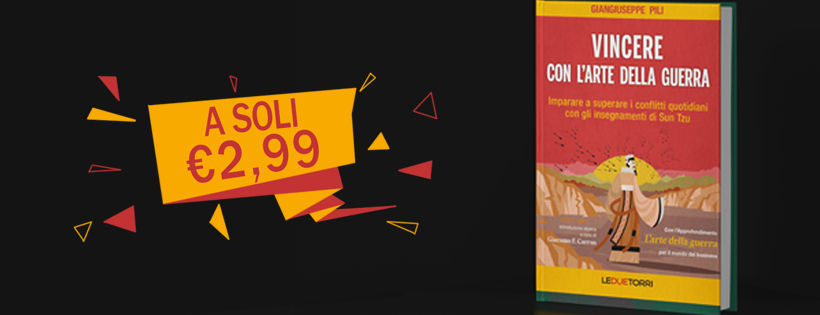 Prima di proporre una mia recensione sul pregevolissimo e sorprendente libro di Daniel Blue, The Making of Friederich Nietzsche, pubblicato per la Cambridge University Press, voglio ringraziare personalmente l’autore per avermi concesso di ripubblicare la sua intervista. The Making of Friederich Nietzsche è un’opera di grande rilievo per almeno tre ragioni diverse: (a) è una ricostruzione dettagliata della vita del giovane Nietzsche, (b) è un libro che offre un background estremamente nitido della vita e della società dell’epoca e (c) è un’opera colta, scritta in uno stile estremamente ricercato ma anche chiaro e godibile. Inoltre, Nietzsche, fino ai 24 anni, scriveva personalmente delle autobiografie per ricostruire la sua esistenza, capirla e poterla eventualmente modificare nella misura del possibile. Quest’ultima caratteristica, invero sorprendente, è oggetto di un intero capitolo (l’ultimo). Per questo Daniel Blue cerca di scrivere una biografia che potesse essere sottoscritta dallo stesso Nietzsche: il lettore è invitato a scoprire se la scommessa dell’autore è stata vinta. Il libro, uscito nel 2016, è ancora non tradotto in italiano, ma un lettore anche non eccezionale di inglese può comunque addentrarsi nella lettura senza perdere molto. Ringrazio dunque Daniel Blue e consiglio a tutti la lettura della sua intervista per la Cambridge University Press.
Prima di proporre una mia recensione sul pregevolissimo e sorprendente libro di Daniel Blue, The Making of Friederich Nietzsche, pubblicato per la Cambridge University Press, voglio ringraziare personalmente l’autore per avermi concesso di ripubblicare la sua intervista. The Making of Friederich Nietzsche è un’opera di grande rilievo per almeno tre ragioni diverse: (a) è una ricostruzione dettagliata della vita del giovane Nietzsche, (b) è un libro che offre un background estremamente nitido della vita e della società dell’epoca e (c) è un’opera colta, scritta in uno stile estremamente ricercato ma anche chiaro e godibile. Inoltre, Nietzsche, fino ai 24 anni, scriveva personalmente delle autobiografie per ricostruire la sua esistenza, capirla e poterla eventualmente modificare nella misura del possibile. Quest’ultima caratteristica, invero sorprendente, è oggetto di un intero capitolo (l’ultimo). Per questo Daniel Blue cerca di scrivere una biografia che potesse essere sottoscritta dallo stesso Nietzsche: il lettore è invitato a scoprire se la scommessa dell’autore è stata vinta. Il libro, uscito nel 2016, è ancora non tradotto in italiano, ma un lettore anche non eccezionale di inglese può comunque addentrarsi nella lettura senza perdere molto. Ringrazio dunque Daniel Blue e consiglio a tutti la lettura della sua intervista per la Cambridge University Press.
Your new book, The Making of Friedrich Nietzsche, covers the first twenty-four years of his life. Why do you focus on this period in particular?
I began the book in 2000 when the standard biography of Nietzsche in English was Ronald Hayman’s Nietzsche: A Critical Life. I thought Hayman’s book good, but it was published in 1980 and a great deal of information had been discovered since. I accordingly planned to rewrite Hayman, covering the entirety of Nietzsche’s life but bringing it up to date. However, as I studied Nietzsche’s early years, I found that whole dimensions of his personal and intellectual development had gone unexplored – not just by Hayman, but by everybody, whether in German or English. It became clear, for example, that previous versions of his life had followed the template laid down by his sister, who wrote two highly influential accounts. But during his adolescence and youth Nietzsche himself wrote a number of autobiographies, and these provided a more authentic and intellectually richer version of his life than anything written since. My move, then, was to put Nietzsche back into his biography and to tell his life from his own point of view — to consider not just what he did but what he intended to do and how he responded when his efforts succeeded or failed. This approach becomes more questionable after his 24th year, so it seemed best to end there.

